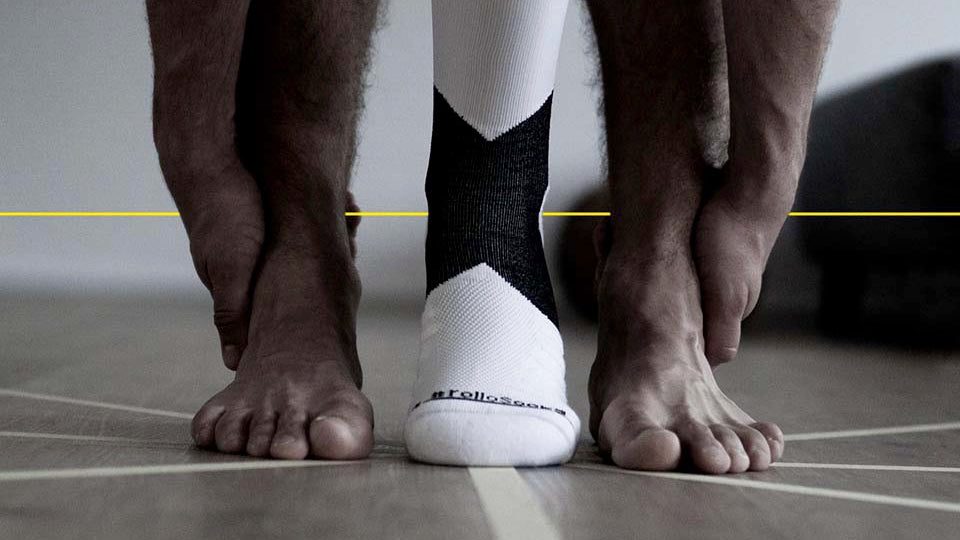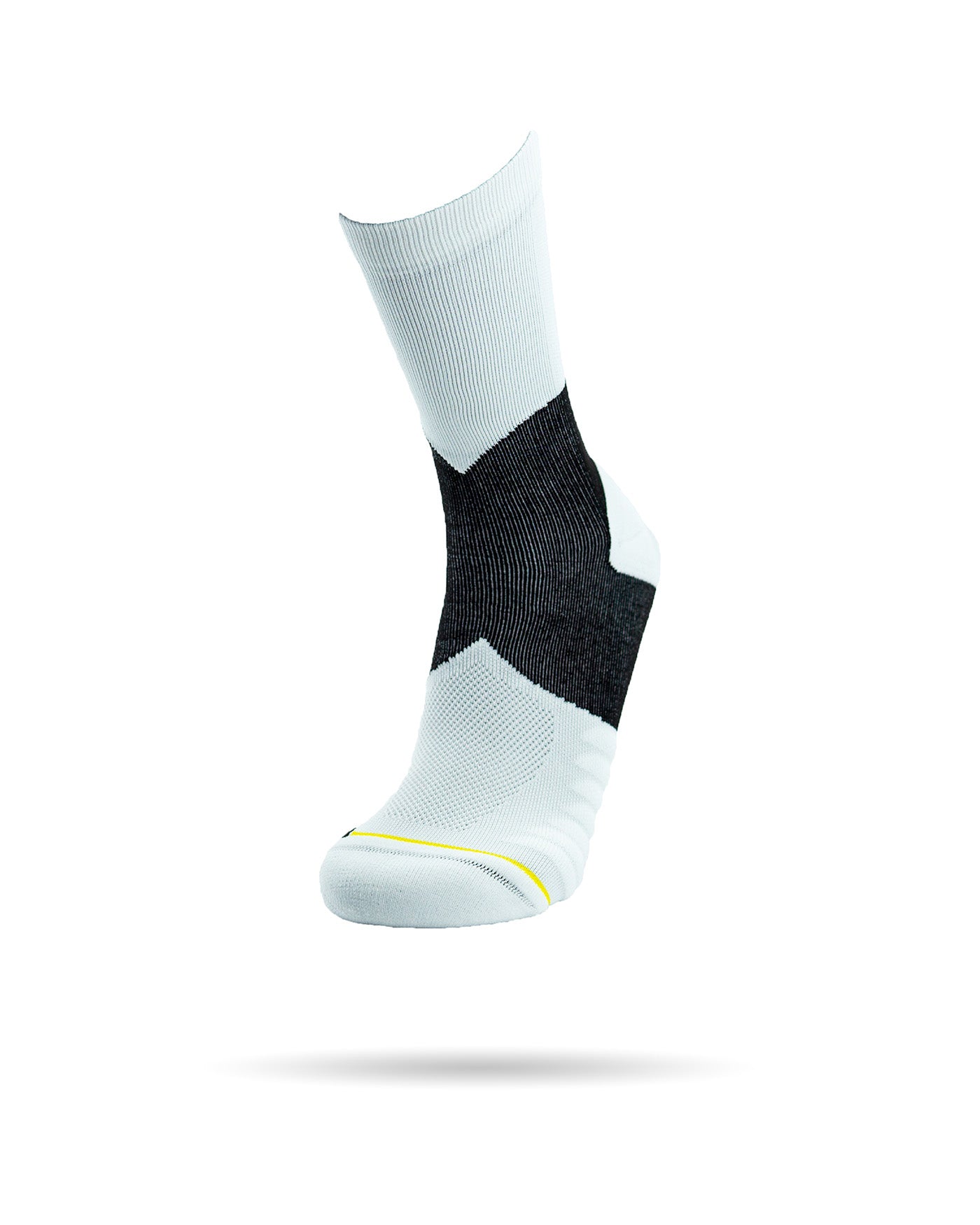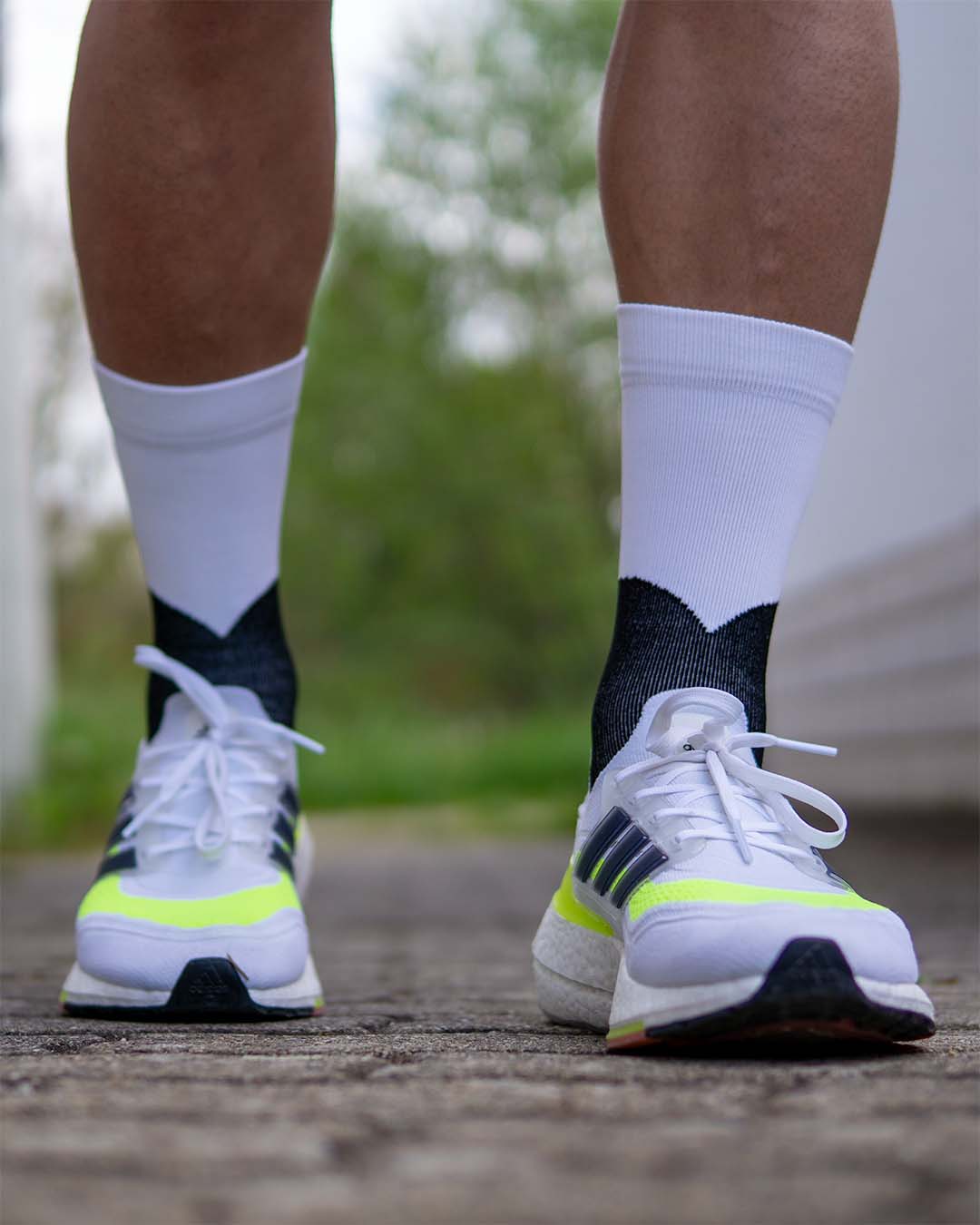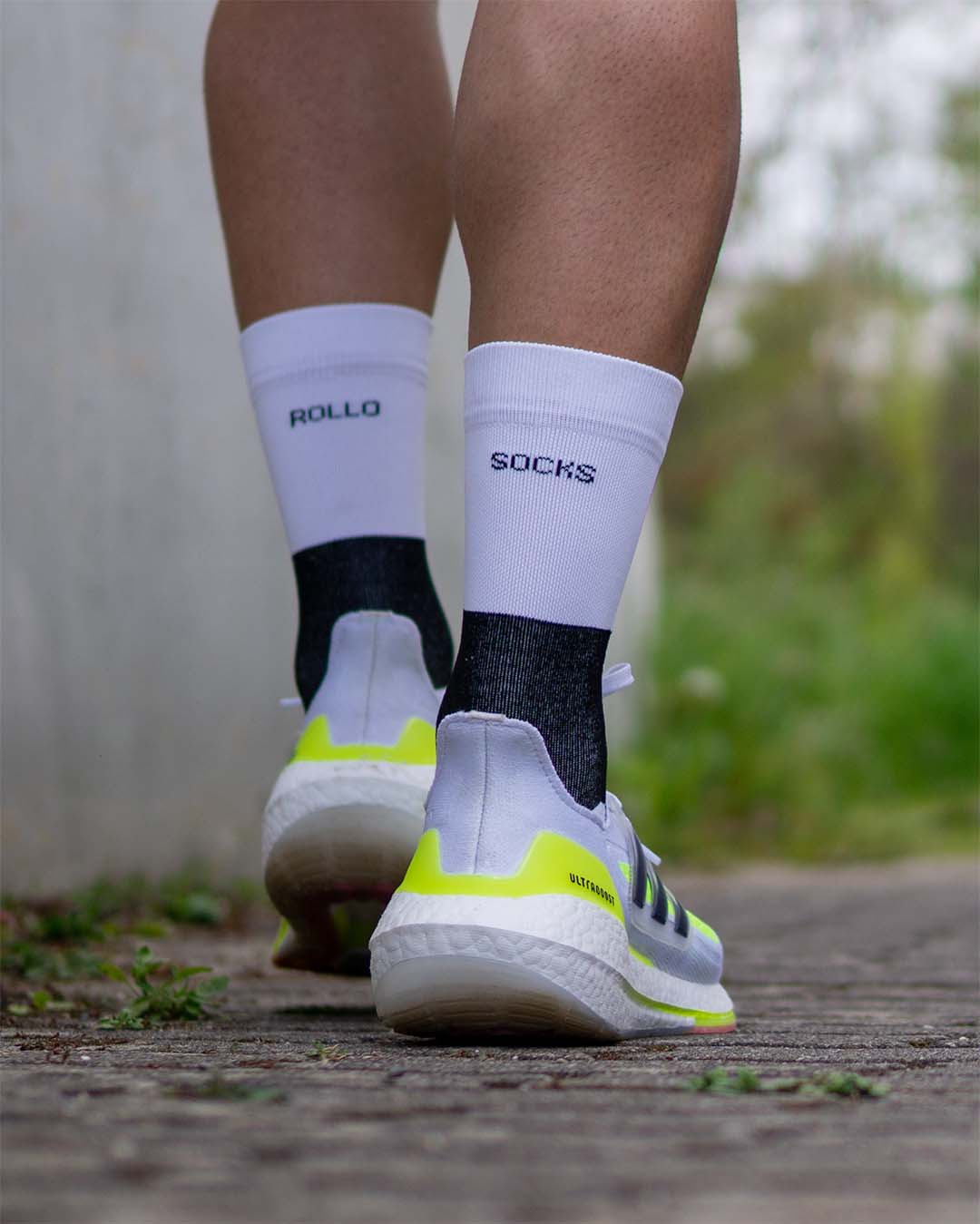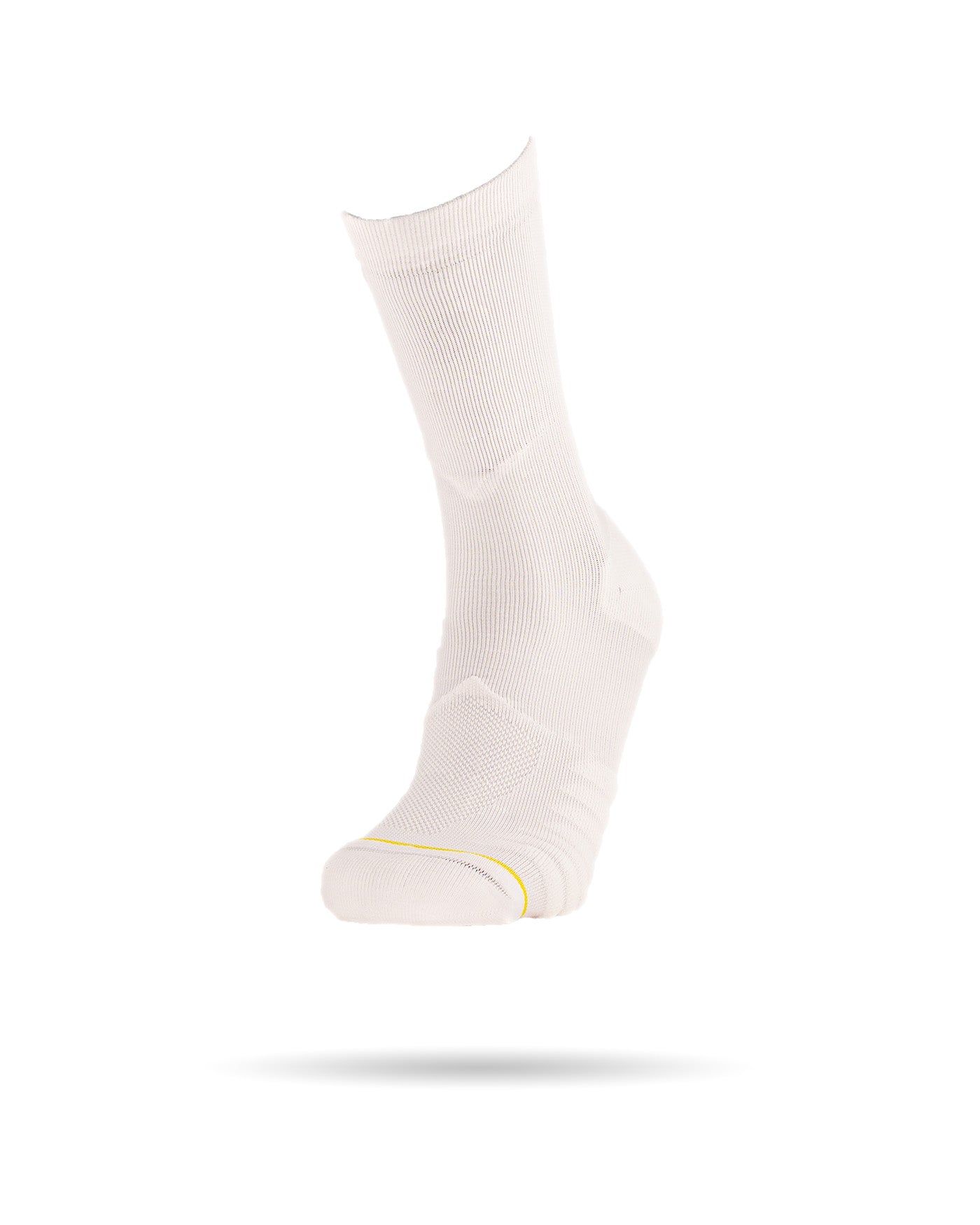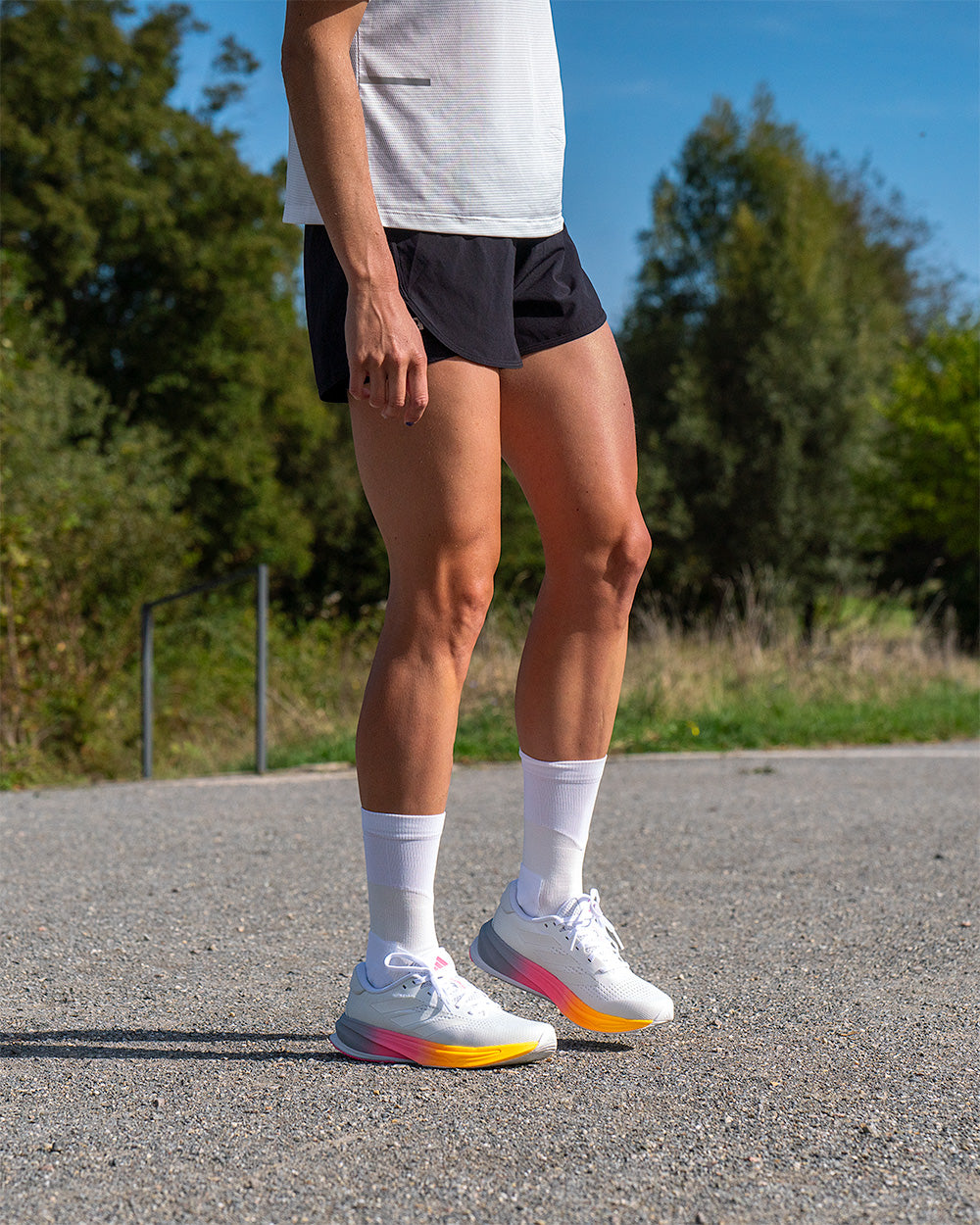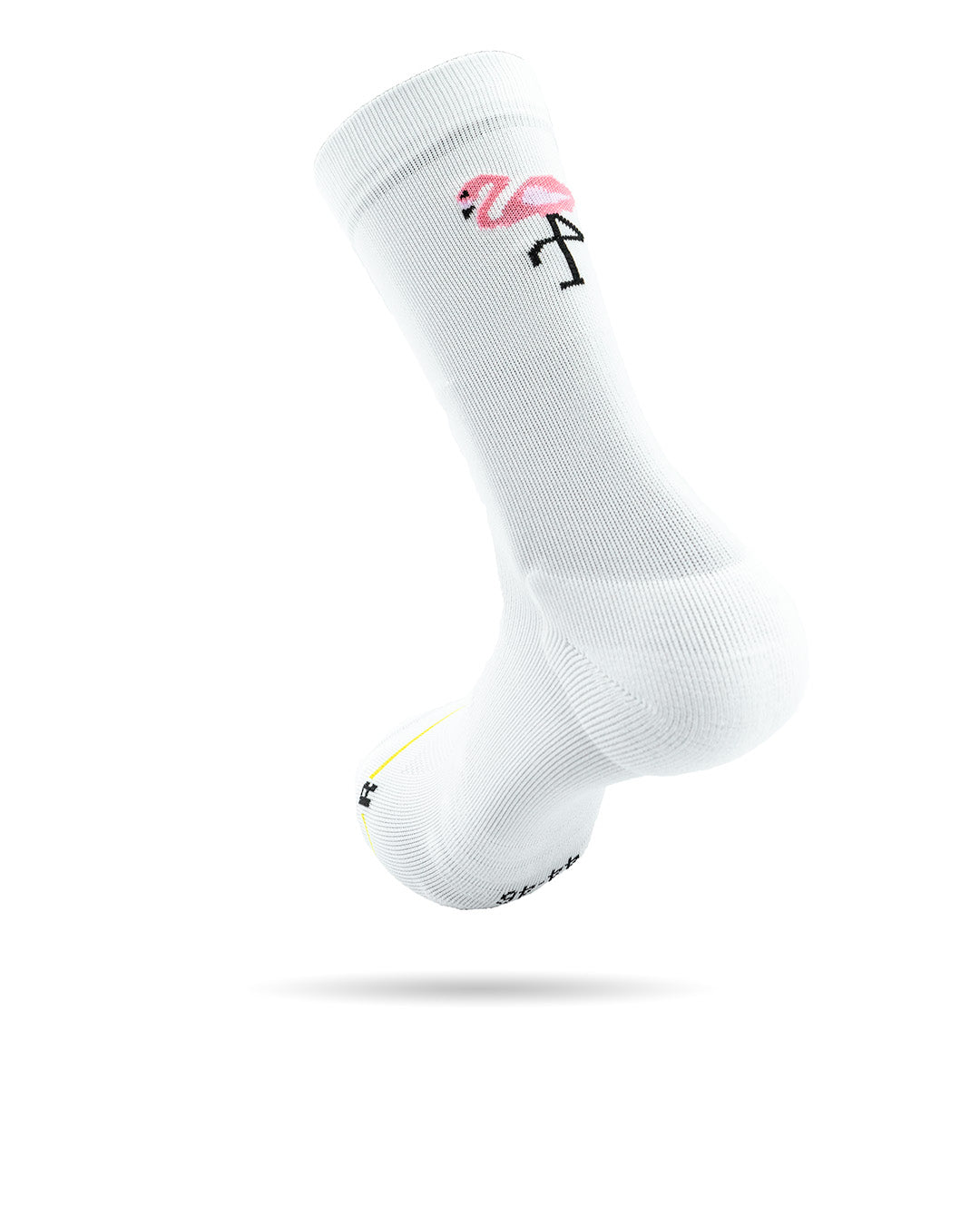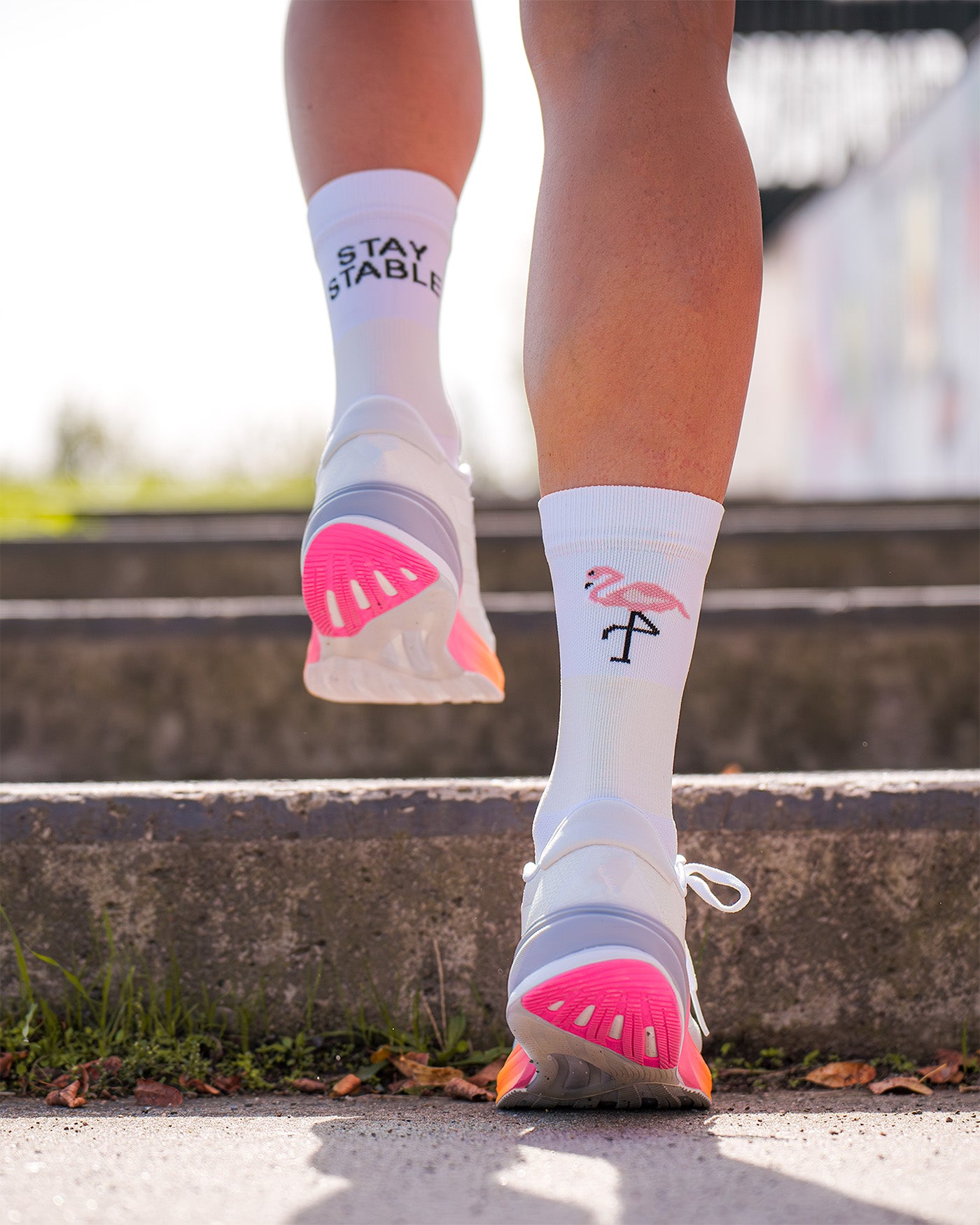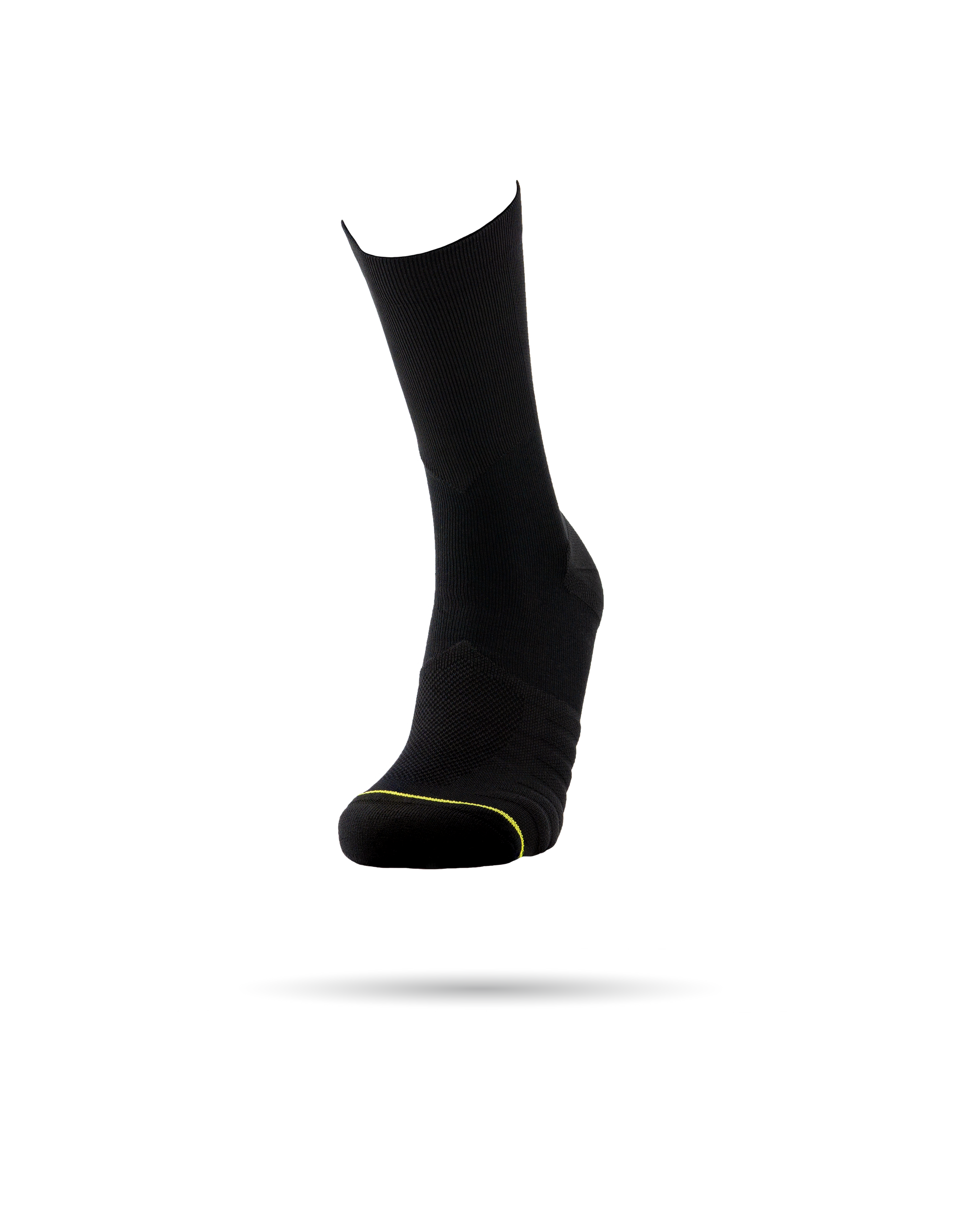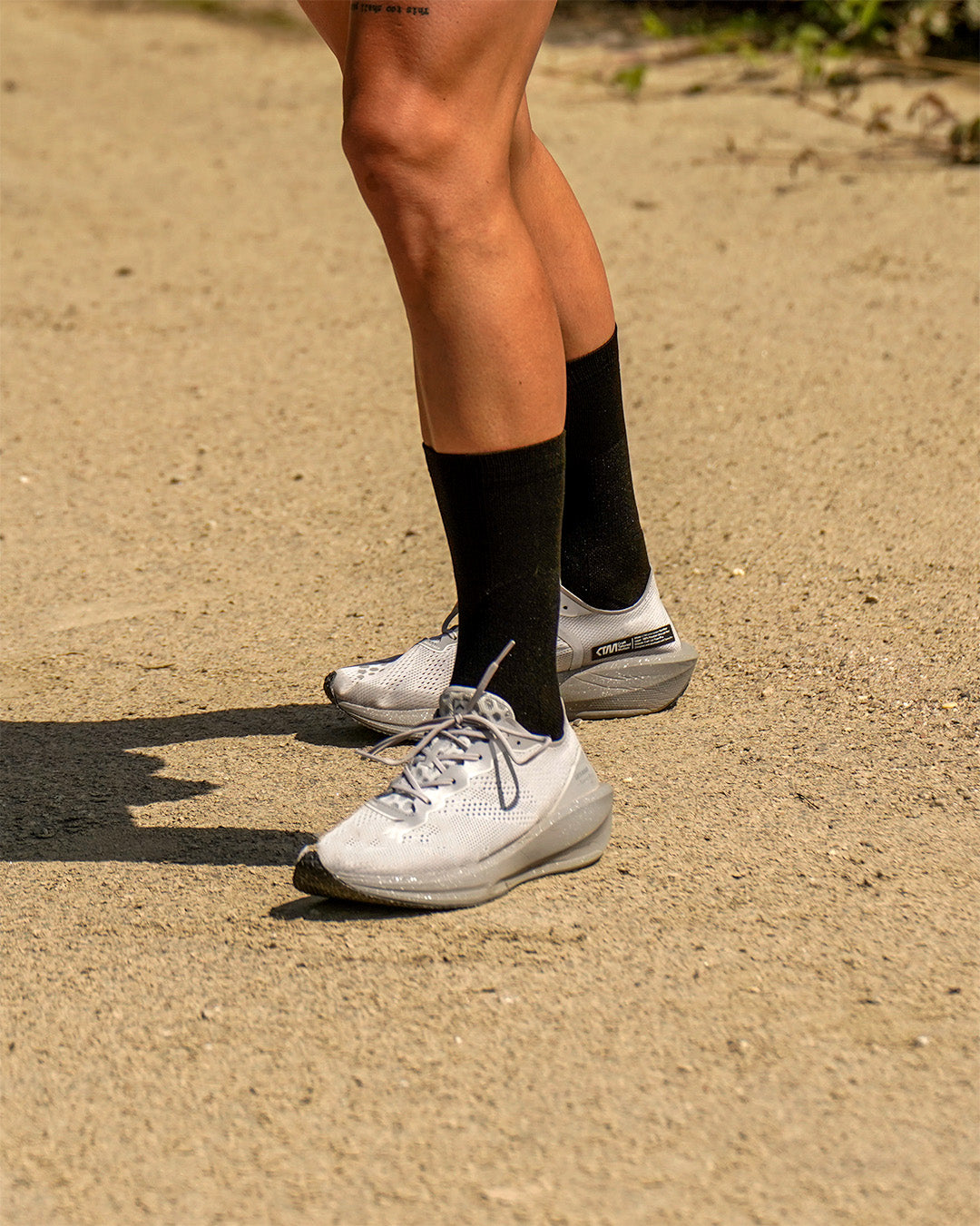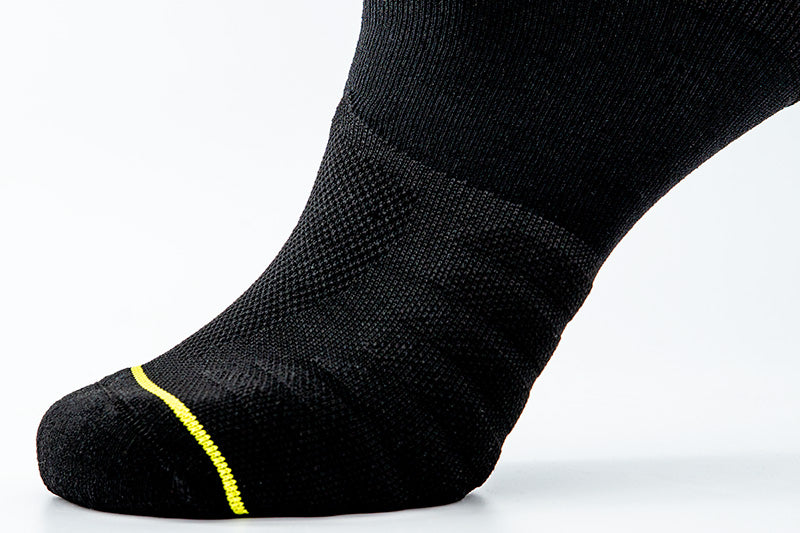Whether playing handball, soccer, or other team sports with opponents, the risk of twisting an ankle is very high. The ankle hurts and swells. In most cases, the diagnosis is ankle sprain—in other words, the ankle is sprained.
We'll explain how an ankle sprain is treated and why support with a bandage or tape is worthwhile. Ankle sprains are one of the most common sports injuries. Even in everyday life, an unfortunate situation can cause an ankle or foot sprain. A moment of carelessness can cause the ankle ligaments to overstretch or, in the worst case, tear.
Following a sprain, treatment must be prompt and correct to avoid permanent instability of the joint. Incorrect treatment can accelerate joint wear and tear and lead more quickly to osteoarthritis.
How is the ankle joint actually constructed?
Learn more about the structure and function of the ankle joint.
What happens in the case of an ankle sprain?
In an ankle sprain, one or more joints of the ankle are displaced under increased force. Each joint is held together by elastic ligaments. These ligaments possess maximum elasticity. If these ligaments are overstressed, painful hyperextensions occur.
If ligaments are severely overstressed, they can partially or completely tear. Doctors then refer to this as a rupture (torn ankle ligament) or a partial rupture. In both cases, the ankle joint loses significant stability.
How do I recognize a sprained ankle?
Immediately after the injury, walking on the affected foot is painful. The ankle joint is significantly swollen, and bruising may develop. The affected area is also tender and warm to the touch. The extent of ligament damage can only be assessed by a specialist after the swelling has subsided (usually 2-3 days later) with an X-ray or MRI.
Sprained foot – what to do?
Implement the PECH rule:
P – Rest: Immobilize the affected ankle.
E – Ice: Immediate cooling relieves pain and reduces ongoing bleeding into the affected tissue.
C – Compression: A pressure bandage prevents swelling of the joint.
H – Elevation: Elevating the affected ankle promotes blood flow and also counteracts severe swelling.
Sprained foot – how long will I be out?
Most ankle sprains do not require surgery. Treatment with an ankle brace is usually sufficient. Subsequently, stress on the ankle should be largely pain-free. The initial use of walking aids also promotes the healing process in the tissue, provided walking without aids is only possible with severe pain.
What can I do on my own after an ankle sprain?
Active mobilization of the affected joint is very important to accelerate blood circulation and thus the healing process. Special exercises up to the point of pain significantly promote ankle mobility. As a result, rehabilitation can be completed sooner. Pain medication, ice applications, and lymphatic drainage can also accelerate the recovery of function.
